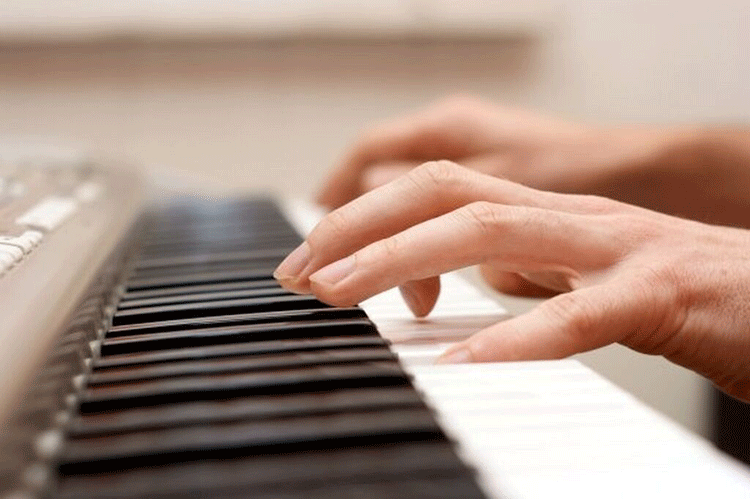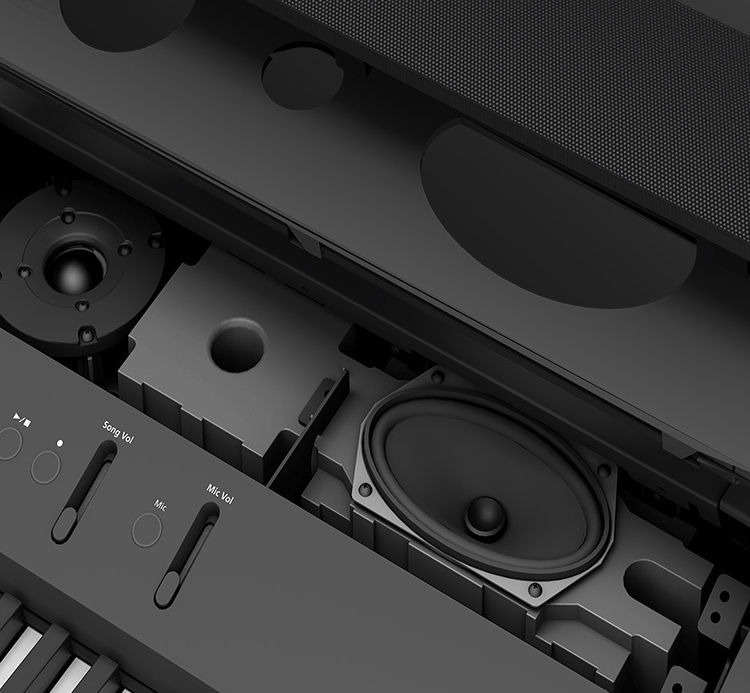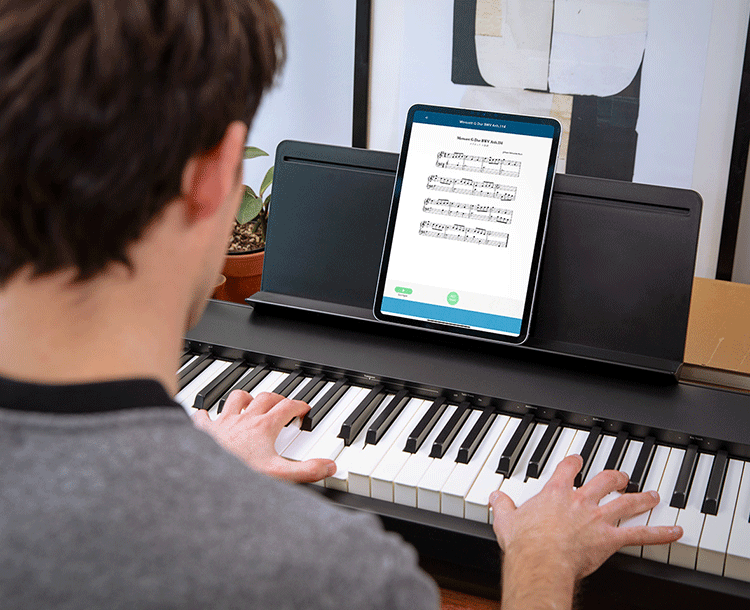There are a lot of ‘top 10’ lists, articles and videos out there when it comes to digital pianos. In fact, we’ve done a number of those here at Merriam Music. Today, we have something a little bit different for you with a new digital piano buying guide.
How is this article going to be different? Well, instead of focusing on specific models that we think are the best digital piano, like a Yamaha P-125, YDP series, or Casio Privia, we’re going to share a list of important considerations you should be making when selecting a digital piano, and we’re going to put that list in a very specific order.
If you follow the order as we’ve laid it out, in our humble opinion, you’re going to wind up with a type of digital piano you’re thrilled with, and in much less time. This set of criteria is based on our decades of experience both in terms of selling pianos, and playing and performing on them too.
You always hear about the same kinds of things you should be thinking about when selecting a digital piano, but rarely are these things put in a specific order of importance. We’re trying to change that here.
Digital Piano Buying Guide – 5 Things to Consider
Portable or Stationary?

The very first consideration you should make when buying a digital piano is to decide if you would prefer a portable or stationary instrument. Will you be taking your piano out of the house with you frequently, perhaps for live performance gigs, or will it generally be staying in one place?
This is a pretty major fork in the road for the market, and once you make a decision in this regard, you’ll be going down a clearly defined path.
If you decide portable, you’ll be brought into the realm of things like a traditional piano. The Roland FP Series, the Kawai ES Series, the Yamaha P Series, the Korg B series, and the Casio PX-S series, as well as things like stage pianos.
If you’re fine with something stationary, you’re suddenly going to be able to entertain a whole host of home digital pianos with high-quality built-in cabinets and three-pedal systems (sustain pedal/damper, sostenuto, and soft) that come standard.
You’re generally going to get stronger amplifier and speaker system combinations with a console digital piano as well.
Piano Touch

The next consideration is going to be touch. Touch on a digital piano or real piano is not equal to any other single feature. In fact, it’s like asking a golf player how a club feels when they swing it or a tennis player with their racket. Touch is the tool you’ll constantly be interacting with that actually functions as an extension of your hands. If the hammer action doesn’t feel good, odds are you won’t have a positive playing experience.
So, you’re going to want to find a weighted key piano action that you enjoy playing. Now, this has to be balanced with the budget you’re going to work with. You could try a piano key action that you absolutely love, but if it’s way beyond your budget, it won’t matter. But what you’ll want to do is make sure you find a key action that you’re satisfied with at a budget that you’re comfortable with.
Odds are, you won’t want to settle for anything less than a weighted action with 88 graded hammer keys if learning to play the piano is the goal. Perhaps you’ll find out escapement is a must or a wide range of touch sensitivity on your weighted keyboard.
Piano Sound Quality

The next thing you’ll want to consider is the piano tone. Some people might put features above tone but, for us, odds are you’ll be among the majority of people who spend most of their time playing with the default grand piano patch engaged, making tone a more important consideration.
Once you’ve found an activity that you like, you’ll want that action to be triggering a sound engine that inspires you to want to play. There’s quite a range of acoustic piano tones that are available out there, both in terms of the technology being employed and the actual character of the sound. And things like reverb can make a big difference.
When demoing sounds, we’d recommend trying both the onboard speakers and plugging in a set of headphones because the headphone technology that’s available now can give an extremely enhanced experience out of the keyboard that has a lacklustre sound when playing with speakers.
And again, the big focus here is making sure you get an acoustic piano sound that makes you want to play. We wouldn’t worry too much about a certain note polyphony count.
If you use synths or other electronic keyboard sounds a lot, apply this same principle.
Features and Connectivity

Once you’ve gone through those first 3 considerations, your list should be starting to dwindle down. Now you can focus on the specific set of features that you want.
Do you need your piano to have Bluetooth connectivity and get app integration? What about a 5-pin MIDI connection for a MIDI controller?
Are you okay with just a few onboard sounds, or do you want a few hundred different sounds including lush electric pianos and synthesizers? Do you need some onboard arranger features? Do you need a microphone input or a line out to connect to an amp? Do you need an onboard recorder with playback?
These are some of the major components that fall into the features category. Now, there are going to be quite a few basic features that pretty much all digital pianos have, like a metronome, transpose, headphone jack, etc.
Price Point

Finally, after you’ve made it through those first four considerations, the conversation now comes down to price. One of the biggest mistakes people make is putting price first, and this is a mistake because it confuses the path to finding the right piano.
When you put the price at least, it doesn’t mean that you’ve increased your budget. Sometimes, in fact, it might even mean that you’ve lowered your budget because there’s an extra cost associated with a feature set you don’t actually need.
At the same time, there’s no point in spending $500 on an entry-level instrument you’re not going to enjoy playing, when you could bump the budget to $800 and end up with a new piano that you love playing, for example.
Maybe it’s actually going to be worth it to spring for that higher-end, higher-quality option with the genuine feel of an acoustic piano. Only you can say.
Closing Thoughts
We hope that this has been a helpful guide. That is exactly the type of information that we love to walk customers through here at the store when selecting a musical instrument (slightly tweaked if they’re looking at a baby grand or upright piano), and we think it’s the best way to go about selecting an instrument.
Follow these steps, and odds are you’ll be thrilled with the piano experience you can have right at home with the best piano for you. Just pressing ‘buy now’ on Amazon doesn’t provide the same guarantee.
Be sure to check out the video linked about for a more in-depth explanation of this guide, as well as our YouTube channel for a wide variety of piano reviews.

